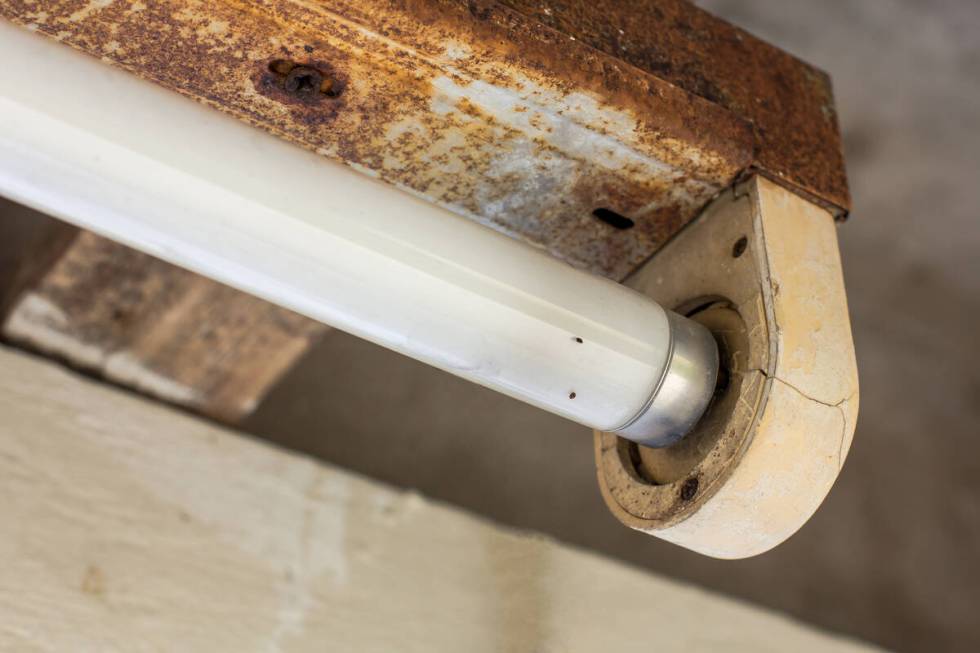Problem with flickering fluorescent light could be ballast

Q: My home is about 20 years old. My problem is with the lights in the kitchen. Sometimes they work and sometimes they don’t. When I turn on the switch, the light flickers or just partially lights. I have replaced the fluorescent tubes, but they still don’t work properly. What should I do?
A: You are smart to try the bulbs first. However, make sure they are seated properly before deciding that the problem isn’t with the bulbs. The contacts in the sockets can be temperamental, so make sure you rotate the bulbs enough so that the pins at the end of the bulbs make good contact in the socket.
If you determine that the problem is not the bulbs, it is probably the ballast (the ballast is a transformer that regulates the flow of electricity ). In addition to a tube that partially lights or flickers, look for black oily gunk around the ballast. A loud humming noise also is indicative of a bad ballast.
To access the ballast, remove the fluorescent tubes, then the cover plate (this hides the wires and the ballast inside the fixture). The ballast will vary in size but is typically a black rectangular box weighing a couple of pounds. In fact, the ballast represents the bulk of the cost of a new fixture.
For a new 4-foot fixture, the cost is about $50. To purchase a ballast for that same fixture would cost around $25.
If you choose to replace the ballast only, turn off the power to the fixture at the main service panel. After you are sure the power is off (you can buy a neon circuit tester for about $10), cut the wires leading from the sockets to the ballast, about 4 inches from the ballast, and strip off a half inch of insulation from the end of the remaining wires. This will leave plenty of wire still connected to the socket to make an easy connection to the new ballast.
Remove the old ballast with a socket wrench or screwdriver. Support the old ballast as you remove it since it’s heavier than it looks. Make sure the new ballast has the same ratings as the old one and secure it to the fixture. One side will slide into the fixture, while the other side is secured with a screw.
Using wire nuts, reattach the socket wires to the ballast wires according to the diagram on top of the new ballast. Reinstall the cover plate and fluorescent tubes, then turn the power back on.
If you choose to replace the entire fixture, turn off the power to the fixture at the main service panel and test to make sure it is off. Once the tubes and cover plate have been removed, disconnect the circuit wires (the white wire and the black wire that enter the fixture through a hole in the middle), and the bare copper grounding wire.
You will need to loosen the cable clamp that holds these wires securely in the fixture. Support the fixture as you unbolt and remove it from the ceiling.
Thread the circuit wires through the opening in the back of the new fixture and position the fixture against the ceiling. Securely bolt the new fixture to the framing members in the ceiling. You can find the framing members behind the ceiling using a stud finder.
Connect the circuit wires to the fixture wires using wire nuts and tighten the cable clamp. Reinstall the cover plate and fluorescent tubes. Turn the power back on, and enjoy your bright kitchen.
Mike Klimek is a licensed contractor and owner of Las Vegas Handyman. Questions may be sent by email to handymanoflasvegas@msn.com. Or, mail to 4710 W. Dewey Drive, No. 100, Las Vegas, NV 89118. His web address is www.handymanoflasvegas.com.